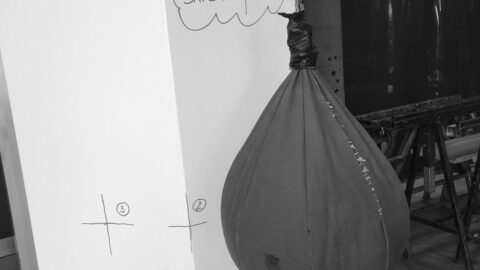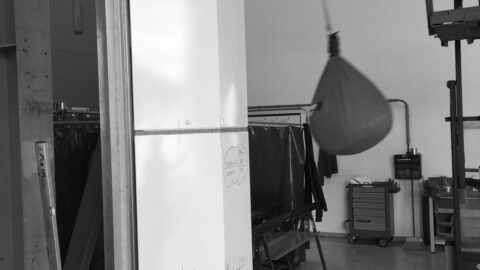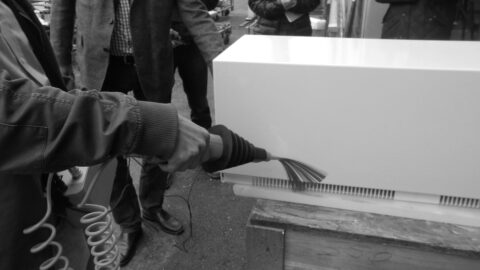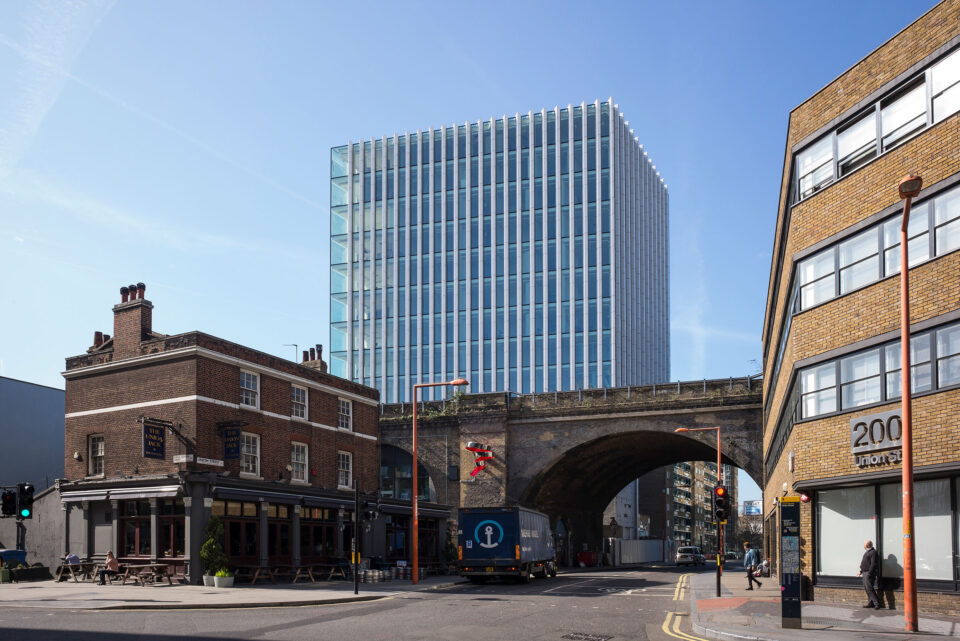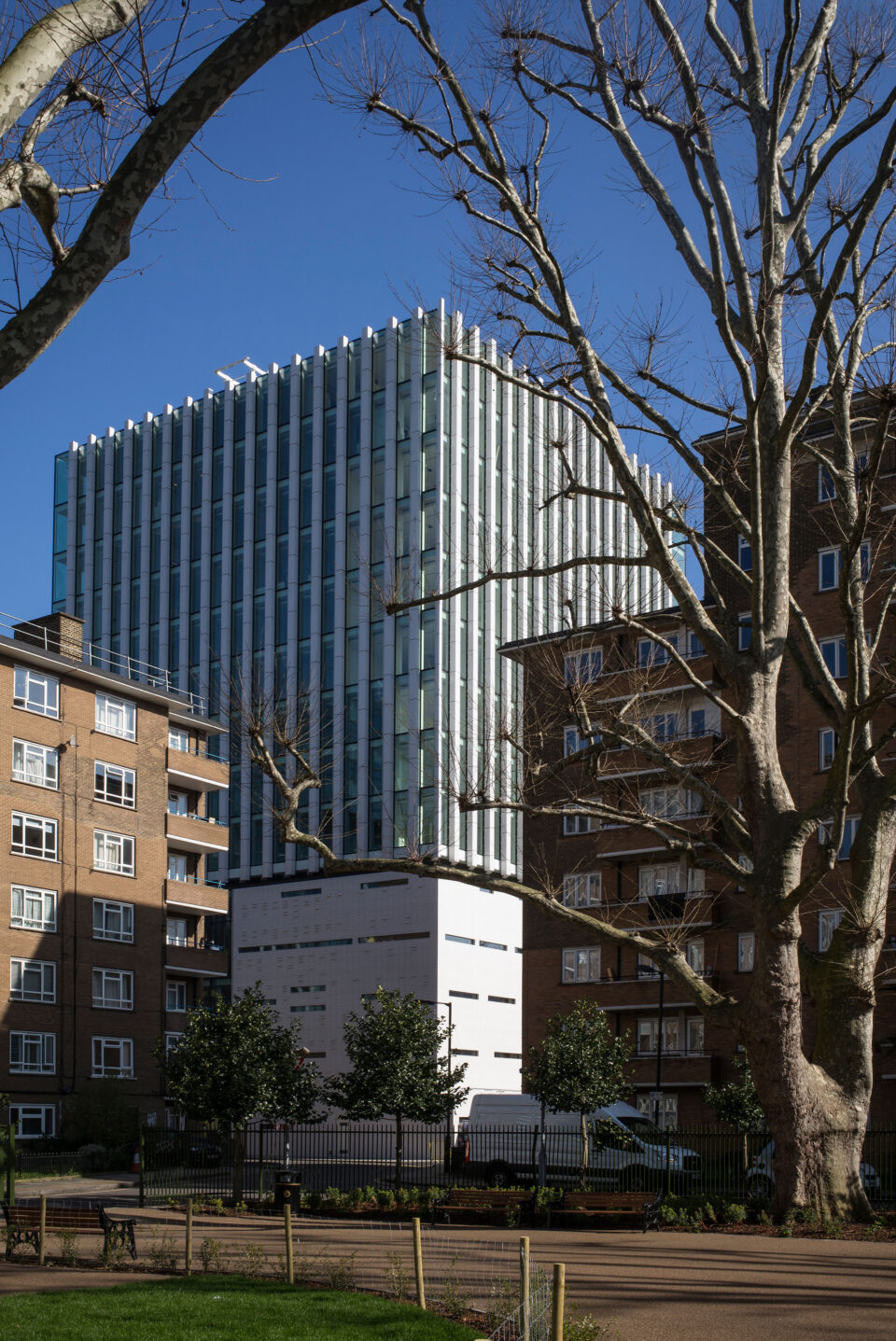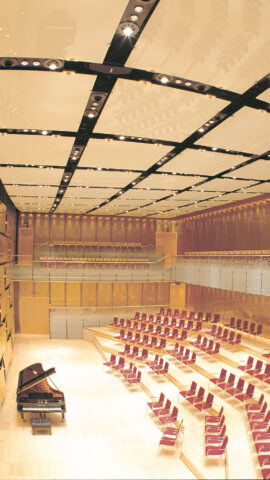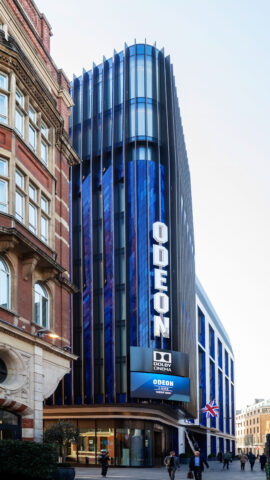The Music Box, Union Street, London

Luxury Apartments
The luxury apartment building, designed by SPPARC Architecture, rises to a height of 44 metres over 14 storeys, with the lower four floors housing the “London College of Contemporary Music.”
GIG was entrusted with the entire façade cladding, including windows and doors:
Mullion-transom façade, punched windows and doors, unitised façade with enamelled fins curtain wall, glass balustrades and various roof claddings.
3.150 m²
Façade constructions in total,
2.850 m²
there of unitized cladding with enamelled fins curtain wall, glass balustrades and diverse roof claddings
300 m²
mullion-transom-constructions, punched windows, and doors
Requirements
Acoustic requirements
A residential building in urban centers with direct proximity to train stations and highways imposes high acoustic requirements on its façade. For this project, values of airborne sound insulation Rw > 40dB and flanking sound insulation Dn,f,w > 60dB between residential units had to be adhered to. Due to the need to meet very high sound insulation values in some frequency bands due to traffic, the façade was reinforced with heavy-duty films, steel sheets, and similar materials. Additionally, aluminum hollow profiles can be filled with fire-dried quartz sand. Soundproof glasses must have a specific asymmetric construction and include softer PVB composite films.
To demonstrate the sound insulation measure of the façade, test specimens were successfully tested in an acoustic laboratory (ift Rosenheim) according to EN ISO 10140-2.
Enameled steel fins
Enameled steel fins refer to a surface finishing that, when properly executed, is extremely durable, low-maintenance, non-combustible, and easy to clean. To create this surface, a thin glass film is fused with the steel at temperatures below 800°C.
The weakness of this particular surface: micro-cracks can occur in enameled surfaces. Ingress of water can lead to rust and chipping.
To assess the quality of the enamel and the substructure, pendulum impact tests according to CWCT TN75 were conducted. The test object was struck by a sandbag with a defined falling height and inspected for damage. Subsequently, the surface was examined for damage using a voltmeter. This allowed us to assure our customer of a flawless implementation. Incidentally, this procedure is also used in the construction of containers for food, where an intact surface is essential.
